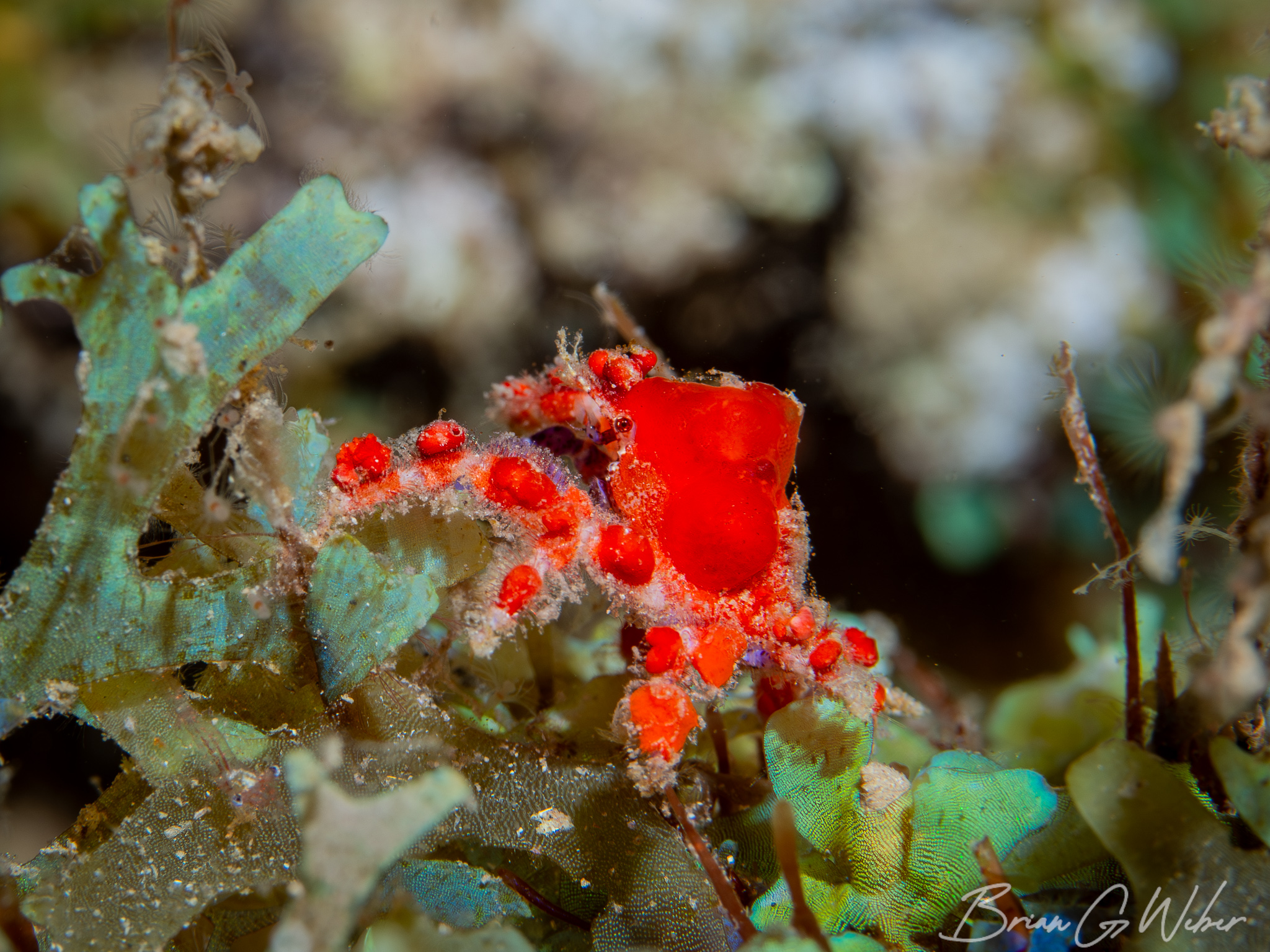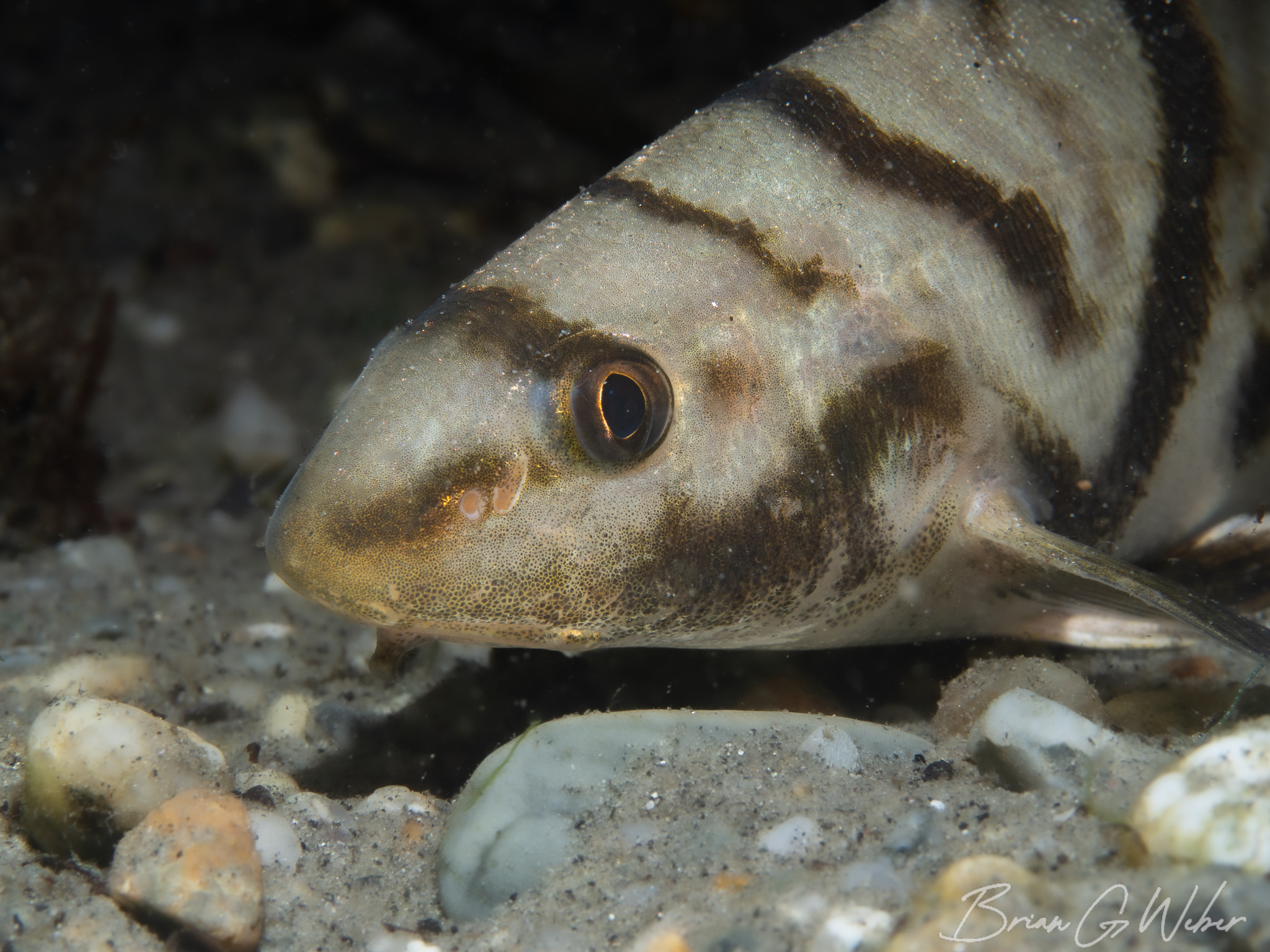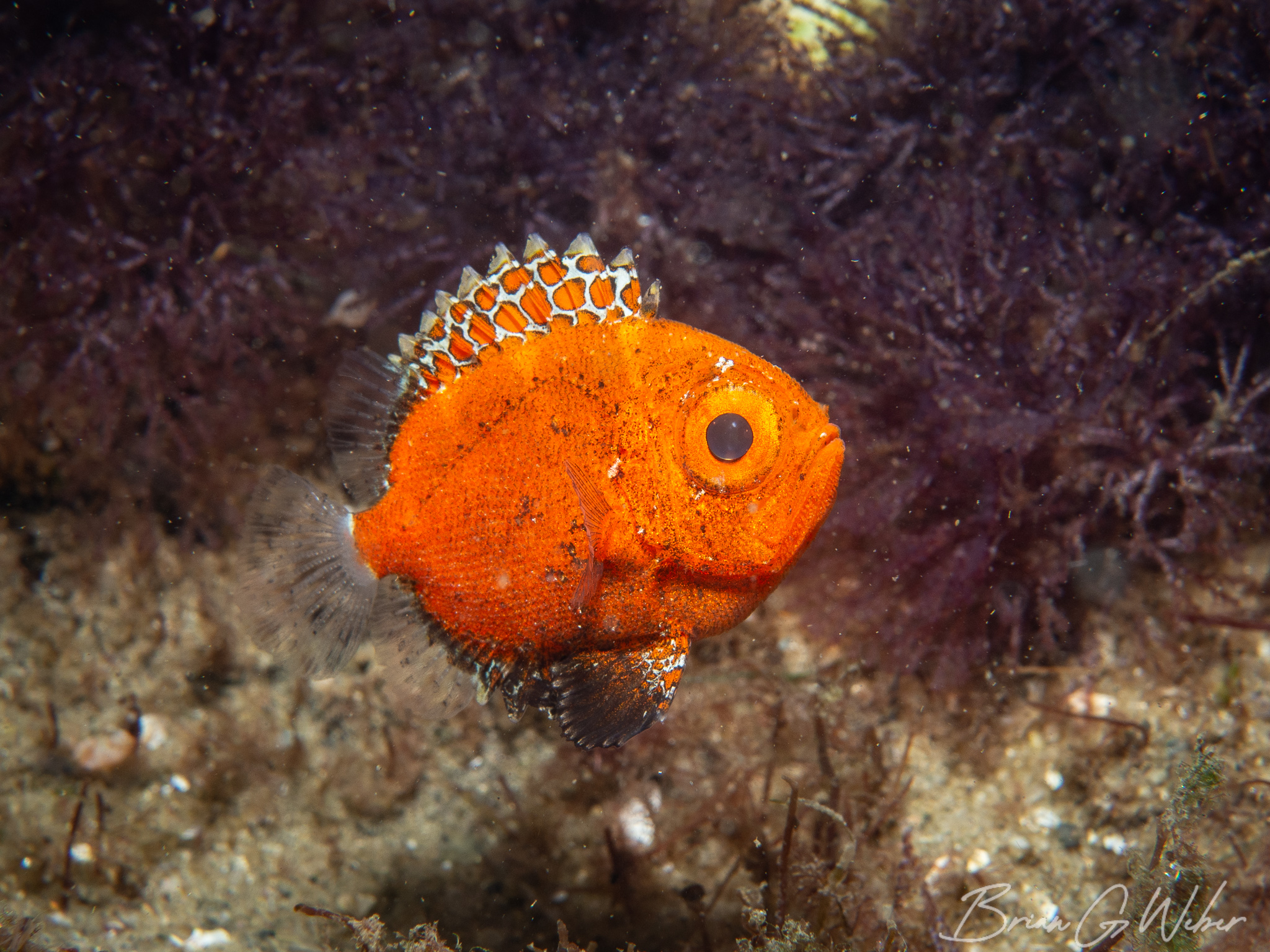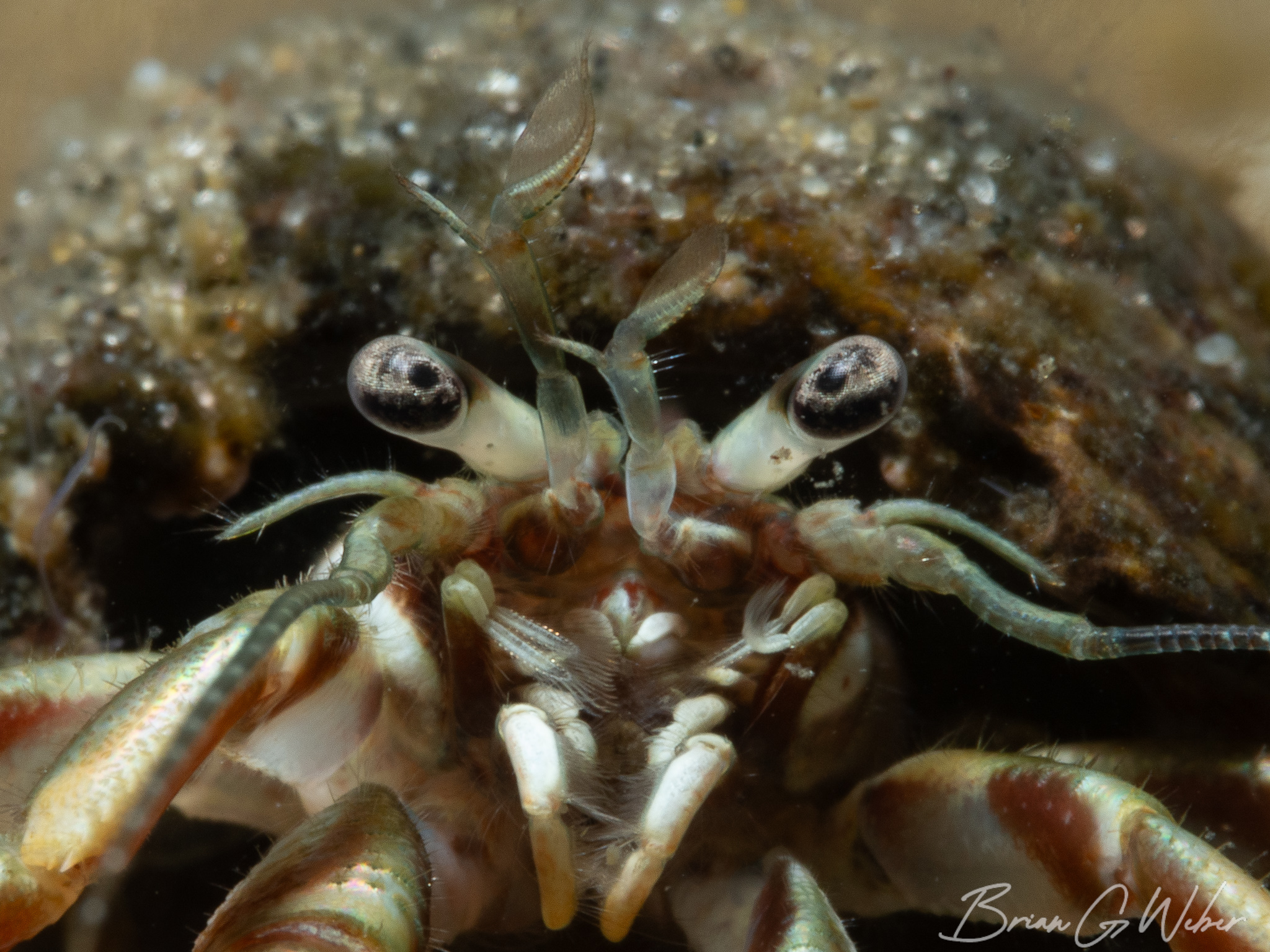· Underwater · 13 min read
Trip Report - Gardens of the Queen, Cuba
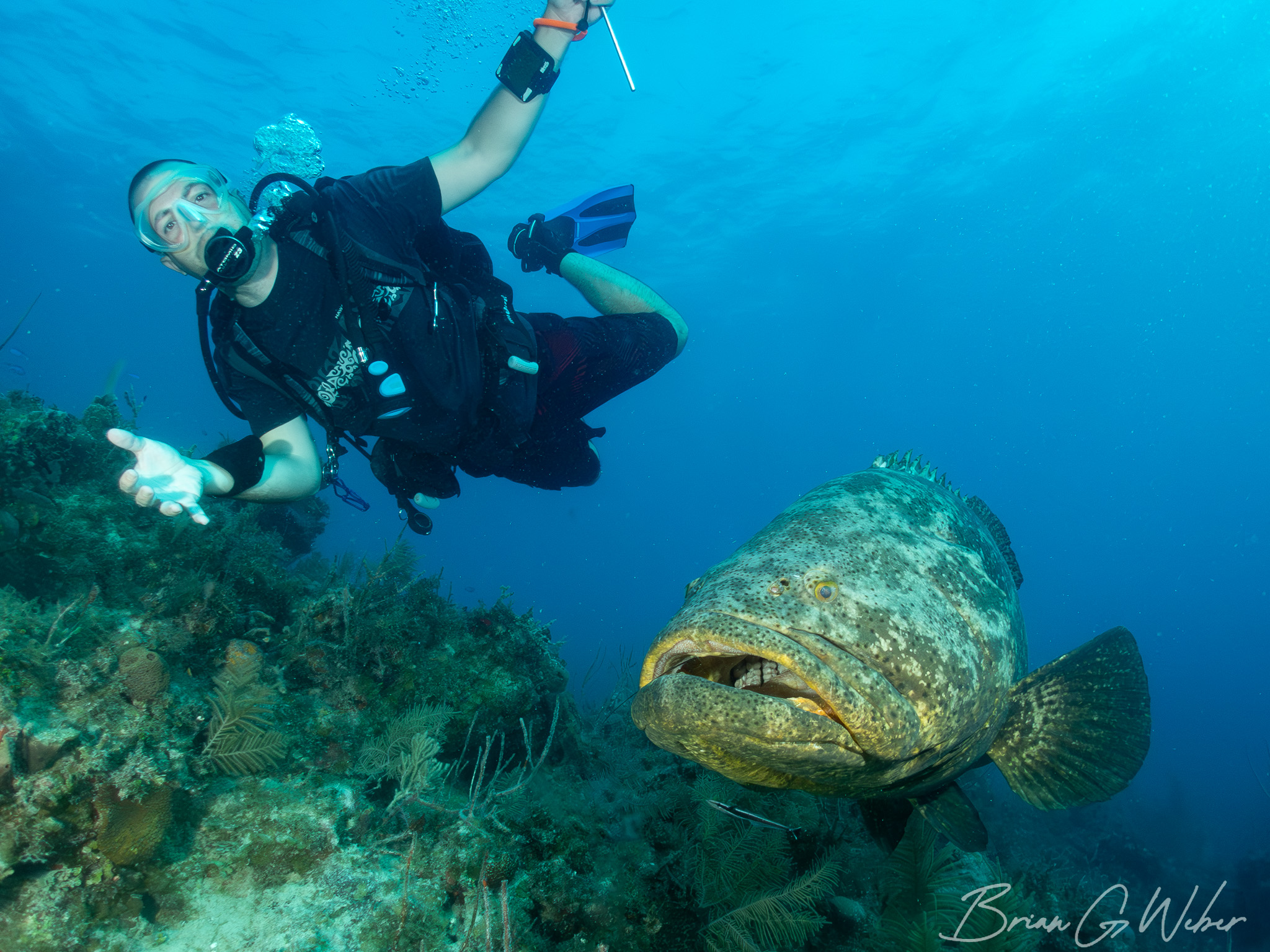
I’ve done quite a bit of diving around the Caribbean, so I wanted to mix it up and try something different for this trip. I had heard great things about Cuba, so I set off for a week aboard the Jardines Aggressor II August 3rd through 10th, 2024.
Travel
NOTE: Please verify the travel recommendations in the “Know Before You Go” document before booking. This information was current as of my trip, but is certainly subject to change
Traveling to Cuba is restricted due to sanctions, so American citizens can only visit for one of a number of reasons, none of which is tourism (sanction details here). The Aggressor trip is sponsored by Oceans for Youth Foundation and provides educational sessions aboard the boat and a letter verifying the educational nature of the trip. The trip, transfers, and add-ons (like nitrox and rental gear) must be booked through Aggressor and paid in advance. Before you go, you need to fill out a form for Cuba immigration and purchase a visa. You can do this in advance for $85 and they will mail it to you or pay $100 at the gate in the Miami airport.
Aggressor recommends one of three airports in Cuba for arrival: Havana, Santa Clara, or Camaguey. The transfer from Havana to Jucaro (where the boat departs from) is 6+ hours, while the transfer from Santa Clara or Camaguey is 2-3 hours. Both had flights from Miami around the same time, but I ended up booking to Santa Clara since I found some other people on the same trip flying into Santa Clara. My itinerary left Boston at 5:10am, a 3 hour flight to Miami, a 4 hour layover in Miami, and then a 1:40pm departure for the 1 hour flight to Santa Clara. The transfer from Santa Clara to Jucaro cost $60 each way and must be booked through Aggressor when you book the trip.
We arrived in Santa Clara, showed immigration our visa and QR code for the immigration form, collected our bags, and found our way to the bus. Sixteen of the twenty-four pasengers ended up on the Santa Clara bus. The roads were an adventure - most of the ride was one-lane roads and there was not a ton of traffic, but there was a mix of bicycles, pedestrians, horse-drawn carriages, mopeds, and regular cars and buses. Bus travel time mostly varies based on how long you have to wait to pass the slower vehicles…and of course, if your bus breaks down. Which ours did. There was apparently a coolant leak, so were stuck on the side of the road for 2 hours while we waited for another bus to arrive. It was quite hot out, so we mostly stood outside except when it started raining. At long last, another bus arrived, we stopped for a bathroom break at a rest stop with non-flushing toilets and no power, and then we rode the remaining two hours to Jucaro. As adventurous as our bus ride was, we still fared better than the people who flew into Camaguey - their flight from Miami was cancelled, so they missed the boat entirely. This is your friendly reminder to make sure to have trip insurance!
The Boat
We arrived to Jucaro at long last and the crew helped us unload our gear. We ended up with nineteen guests instead of the full capacity of twenty-four, but the dive deck and camera tables were definitely large enough for the full group. Charging is done on the camera table as opposed to a separate shelf like on some boats, but this was fine. The boat provided a few power strips so we were all able to charge reasonably.
As far as guest rooms go, they were a bit snug. I was initially in Cabin #2 with a roommate, but we requested a room swap because there was almost no storage in that small room. They moved us to Cabin #4, which had a bunch of space underneath one of the beds for luggage and extra gear. The bathroom door was a bit funky since it folded to fit past the bed. Our room was a bit short on plugs, so be sure to bring a power strip if you have batteries or devices to charge. I didn’t take pictures of the boat, but there are some on the Aggressor site. Cabin #4 was smaller than any of the ones pictured and cabin #2 was even smaller.
The food onboard was varied and excellent. Coffee was served at 6am and hot breakfast was at 6:30 every day. For breakfast, they had a variety of fruits and meats, plus cereal, yogurt, and breads. Hot breakfast was eggs served however you like - I went with the everything omelet most days. Lunch was buffet style and had some sort of rice, meat, and a variety of fruits and vegetables. Dinner was often several courses and they did a great job accomodating guests with allergies or preferences by providing alternate options. My favorite was Cuban Night, where they served delicious pork, plantains in numerous forms, rice and beans and a number of other delicious options. After the first and third dives of the day, they served us snacks with cookies or pizza, which were all really tasty. The mangoes were absolutely incredible and I think I ate them every single meal and snack.
For drink options, the boat had sparkling water, orange soda, many different tasty fresh-squeezed fruit juices, Presidente beer, red and white wine, and cocktails by request. They made good mojitos (which I enjoyed when we weren’t night diving) and served us hot cocoa with rum after the night dives.
The diving
All of the dives were off of tender boats, so we left our BCDs and fins on the tender and brought our cameras, wetsuits, etc. back onto the big boat. The big boat moored up in a couple different spots and the tenders zipped us off to the dive sites. The tenders were quite speedy, so most rides to the dive site were 10 minutes or less, with a few longer trips while the big boat moved.
We did a total of 22 dives on the trip. Our dive schedule was:
- Sunday: 2 dives in the afternoon
- Monday: 5 dives including a night dive
- Tuesday: 4 dives
- Wednesday: 5 dives including a night dive
- Thursday: 4 dives
- Friday: 2 dives
The dive times were roughly 7:30am, 10am, 2pm, 4pm, and then night dive at 7:30pm on the two days where we had them. We did a nitrox check 15 minutes before dive time where the crew would use the analyzer to check the mix, confirm the tank pressure, and we would write them down and sign the sheet. The nitrox was quite consistent at right around 32%. After nitrox check, we geared up, gathered for a briefing of the site, and then hopped on the tender.
Many of the dive profiles were similar: drop down to the bottom of the wall around 60 feet, swim around there for 30 minutes or so, and then come back up to the top of the reef at around 15-30 feet for the remainder of the dive until 60 minutes or air ended the dive. A few were deeper, with a drop down to 70-100 feet for a shorter time. The dives were a mix of loops (returning back to the mooring we started at) and drifts (one-way dives to a different mooring). Some of the drift dives felt a little rushed since we had a certain distance we had to travel.
The water was warm. Typical bottom temps were between 86 to 88F with a layer of uncomfortably hot water in the first couple feet. I started out in a 3mm shorty, but eventually dropped to just a t-shirt and bathing suit. I get cold easily and I was plenty comfortable, even through the 5-dive days. Visibility was not great for most of the week, with a fair amount of particulate in the water. I’m not sure if we got unlucky with the wind direction or the recent tropical storm systems made conditions bad, but wide angle photography was really hard with the amount of debris in the water. My Lightroom healing tool is getting a work out when trying to edit these photos. Below is the shark picture in the next section but without my scatter clean up.
We had two dive guides in the water with us on every dive - nominally, it was one in the front of the group and one in the back, but they were both roaming with one carrying a camera and taking pictures. I often find that dive guides will start the week paying close attention to everyone’s air and behavior and then ease up once they get a feel for the group. I don’t recall ever being asked about my air underwater, which was pretty unusual. We had an experienced group, so nobody had an issue making it back to the boat and surfacing with a safety stop as required, but it was still kind of odd. If you would prefer to have the dive guides help you monitor your air, I would mention that just in case.
Later in the week, the dive guides asked if we were OK with them shooting lionfish (invasive in this part of the world) during the dives. They went around and made sure every single person was comfortable with it before they started. I really appreciated this attention to the preferences not just of the group but of everyone individually. We all agreed and helped spot them.
The only issue we encountered was mild, bad-tasting air on the afternoon dives one day. I assumed it was just some diesel fumes from the boat in my mask, but other divers noticed the same taste and the crew quickly fixed the air filter on the compressor (they had replaced it and apparently didn’t seal it properly) and drained and refilled our tanks before the next dive. We had no problems the rest of the way.
Critters
Cuba has been billed as the best diving in the Caribbean - I found the diving to be good, but not outstanding. I did not see any evidence of bleaching, but the reef did not seem as vibrant and healthy as I had hoped. I suspect the health has to do with the overwhelmingly warm water temperatures over the past few years. There was a ton of algae around and a fair amount of dead soft coral as well.
As advertised, sharks were plentiful - we had several Caribbean reef sharks and the occasional silky shark on most dives. In some spots, schooling fish congregated in large numbers. On several dives, we came up the wall to a huge school of grunts, porkfish, or chubs, which was awesome to see. We saw a few southern stingrays, three goliath groupers (I’ll come back to these beauties in a moment), lots of friendly Nassau groupers, and a few scattered turtles. I did some wide angle photography for these subjects, but mostly gave up on it toward the end with the bad visibility and swapped back to macro.
For macro life, there were plenty of awesome subjects. There were blennies in the shallow coral heads, so I really enjoyed when I could do my safety stop while blenny hunting. I even found a tiny mantis shrimp during a blenny hunt! There were lots of yellowhead jawfish, which are excellent snoot subjects. Cuba even has an endemic basslet species, that looks like an inverted fairy basslet. This was very cool to see, but I didn’t get a great photo.
The star of the trip was Lola, the goliath grouper. She is about 6 feet long, weighs around 250 pounds, and is super friendly! She came right over to us when we arrived and was totally happy with pets, photos (including some hilariously failed selfies by yours truly), and the lobster the guides fed her. I could have spent the entire dive interacting with her!
On another dive, I picked up a small remora who followed me for nearly the whole dive. I was very proud of my apparently shark-like appearance and basically spent the whole dive giggling as I watched it swim around me.
After one of the dives, we stopped off at a nearby beach to feed the resident hermit crabs, iguanas, and hutias (large, friendly rodents). It was quite fun watching them munch on the fruit and water we gave them.
After another dive, we very briefly detoured into the mangroves to look for the crocodiles shown in all of the ads for the Cuba liveaboards. It was pretty clear there was no expectation we would see the crocs since we only stopped for a couple minutes without a sighting. Until you get positive confirmation of a recent croc sighting, you should assume you will not see them on this trip.
The last little fun detour was a drift snorkel. The big boat was parked in a channel with a pretty strong current, so we took off our dive gear and dropped into the current. We zipped by lots of sea grass, some large fish who were very surprised, the giant concrete mooring, and then caught the tag line and hopped back on the big boat. This was quite a fun little adventure!
Here’s a video of our trip assembled by the crew and provided to us free of charge! (We did not see a whale shark, that is stock intro footage)
Conclusion
The boat was nice other than some very cozy cabins (which is not uncommon among liveaboards) and the crew was absolutely awesome. They were always cheerful and took great care of us over the course of the week making sure we were fed, filled, happy, and always had a hot towel after the dive. Definitely no complaints there!
I enjoyed seeing the sharks and goliath groupers and the diving was generally good, but I wasn’t blown away. Between the high base price of the trip ($4,200 at time of writing) and a lot of extra costs ($100 for the visa, $60 each way for transfers, several hundred in marine park fees), you’re going to pay a LOT more for this trip than other Caribbean liveaboards. It’s almost 50% more expensive than the Belize or Cayman Aggressor before adding in the extras, so keep an eye out for deals if you want to take this trip. I went during an “Explore the World” week, so it was 25% which softened the blow somewhat. This was a fun adventure, but I’m not convinced it’s 50% better than those other destinations.
